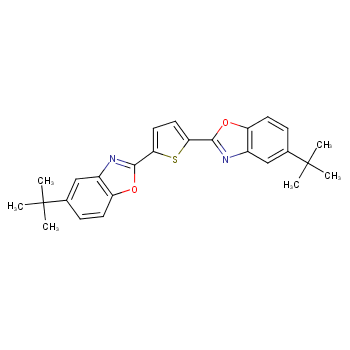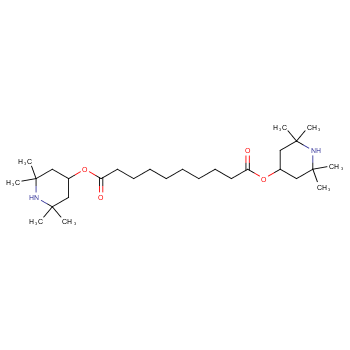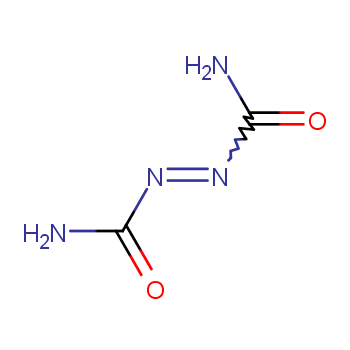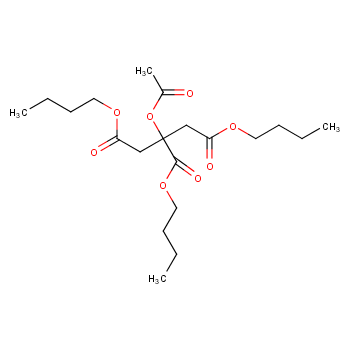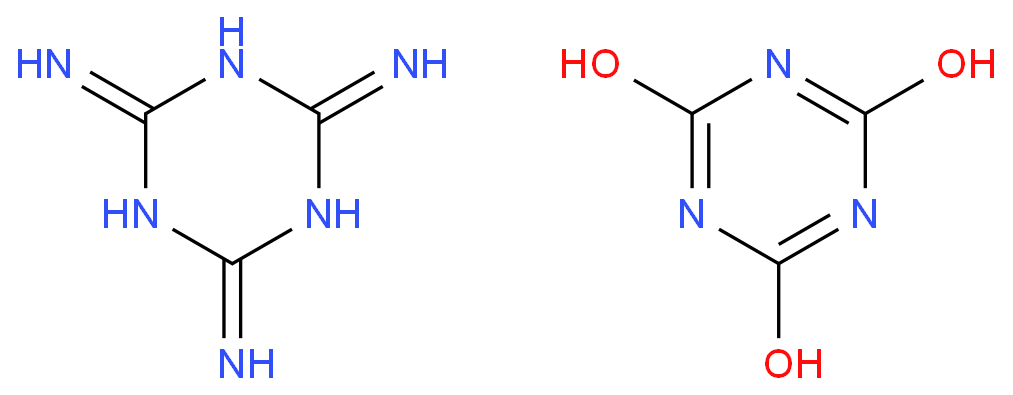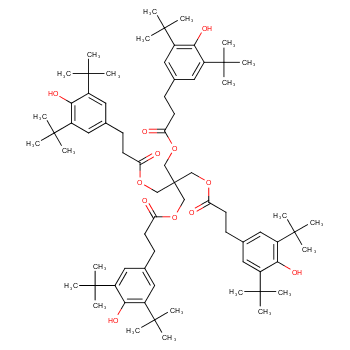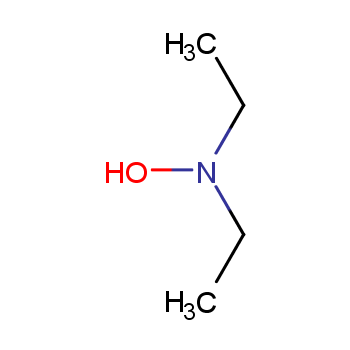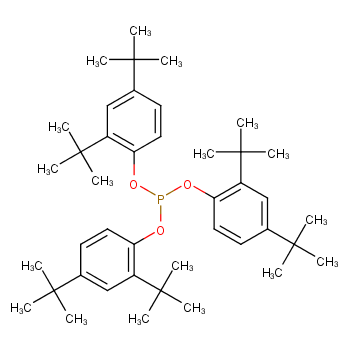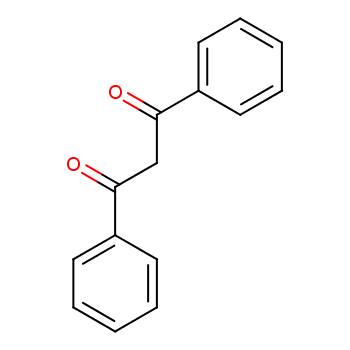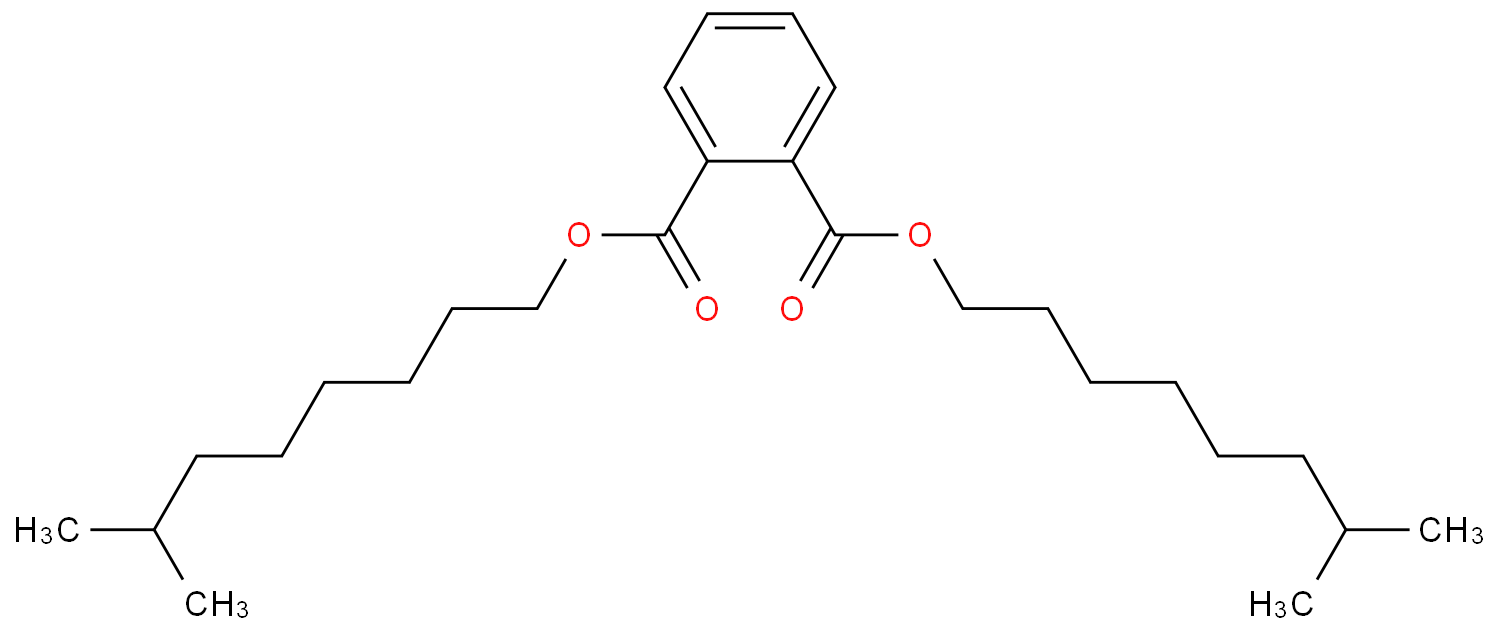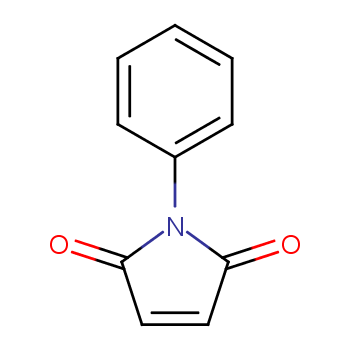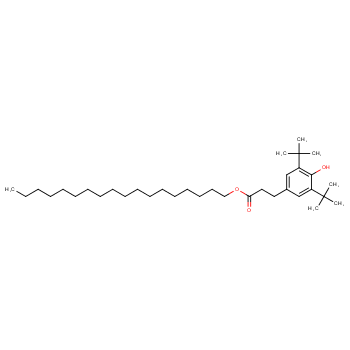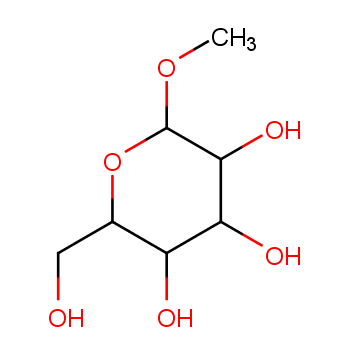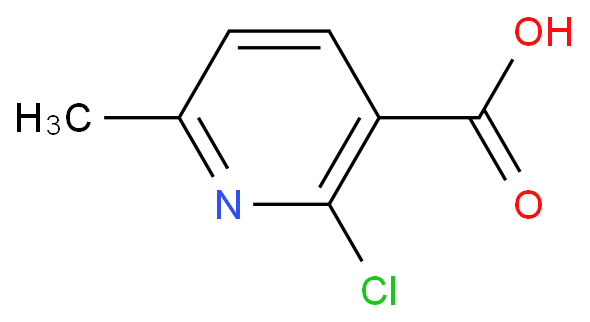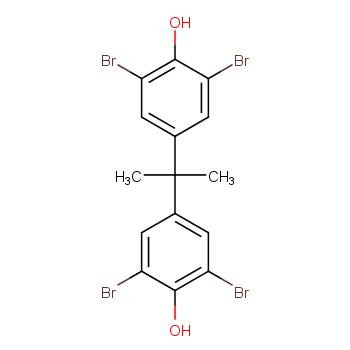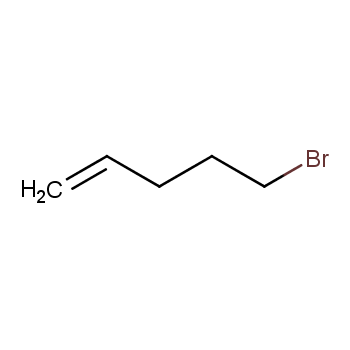Plastic Auxiliary Agents, often referred to as plastic additives, are essential compounds incorporated into polymer formulations to enhance both the processability of the material and the performance of the resulting resin. These auxiliary agents play a pivotal role in ensuring a seamless integration with the synthetic resin. They must exhibit long-term stability, uniform dispersion within the resin, exceptional durability, resistance to penetration, migration, and extraction by liquid substances.
Furthermore, these agents must be tailored to accommodate specific processing conditions while meeting the product's performance requirements. This entails impeccable dispersion capabilities, ensuring easy and even distribution throughout the processing and molding stages. Moreover, an ideal approach involves utilizing plastic auxiliary agents that synergistically enhance one another's functions, thereby optimizing the overall performance of the polymer.
Plastic Auxiliary Agents Categories
In the realm of plastic auxiliary agents, a wide array of specialized categories plays crucial roles in enhancing the properties and performance of plastics. These indispensable agents encompass various functions and applications. Key categories include:
Plasticizers: These agents are pivotal for improving flexibility and malleability in plastics, making them more adaptable for shaping and use.
Heat Stabilizers: Designed to maintain the structural integrity of plastics under elevated temperatures, heat stabilizers ensure durability and longevity.
Antioxidants: These agents protect plastics from oxidative degradation, extending their lifespan and preserving their appearance.
Light Stabilizers: Essential for shielding plastics from the harmful effects of UV radiation, light stabilizers prevent discoloration and degradation caused by sunlight exposure.
Flame Retardants: Crucial in enhancing the fire resistance of plastics, flame retardants reduce the flammability of plastic materials.
Foaming Agents: These agents facilitate the creation of foam structures within plastics, imparting lightweight properties and insulation capabilities.
Antistatic Agents: Vital for mitigating static electricity buildup on plastic surfaces, antistatic agents enhance safety and usability.
Anti-Mildew Agents: Used to inhibit the growth of mold and mildew on plastic surfaces, preserving their cleanliness and appearance.
Colorants and Whitening Agents: Employed to add color or achieve a desired shade in plastics, as well as to enhance their brightness.
Fillers: These materials reinforce plastics, enhancing strength and stiffness. Notably, colorants, brighteners, and fillers are commonly used compounding materials, although they are not considered special chemicals for plastics.
Coupling Agents: Facilitating improved adhesion between plastic matrices and reinforcing materials, coupling agents strengthen composite materials.
Lubricants: Lubricants reduce friction and enhance the processability of plastics during manufacturing.
Release Agents: These agents prevent plastics from adhering to molds or surfaces during shaping and processing, ensuring smooth production.
Usage of Plastic Auxiliary Agents Products
The utilization of plastic auxiliary agent products is poised for transformation in the coming years. We anticipate a shift from single-function products towards multi-functional solutions and composite materials. Processing and impact modifiers are expected to progressively supplant traditional PP/PE materials, heralding a transition towards more environmentally friendly and sustainable green plastic auxiliaries.
This evolution reflects the industry's commitment to innovation and eco-conscious practices, paving the way for enhanced performance and reduced environmental impact in the realm of plastic auxiliary agents.
+more

